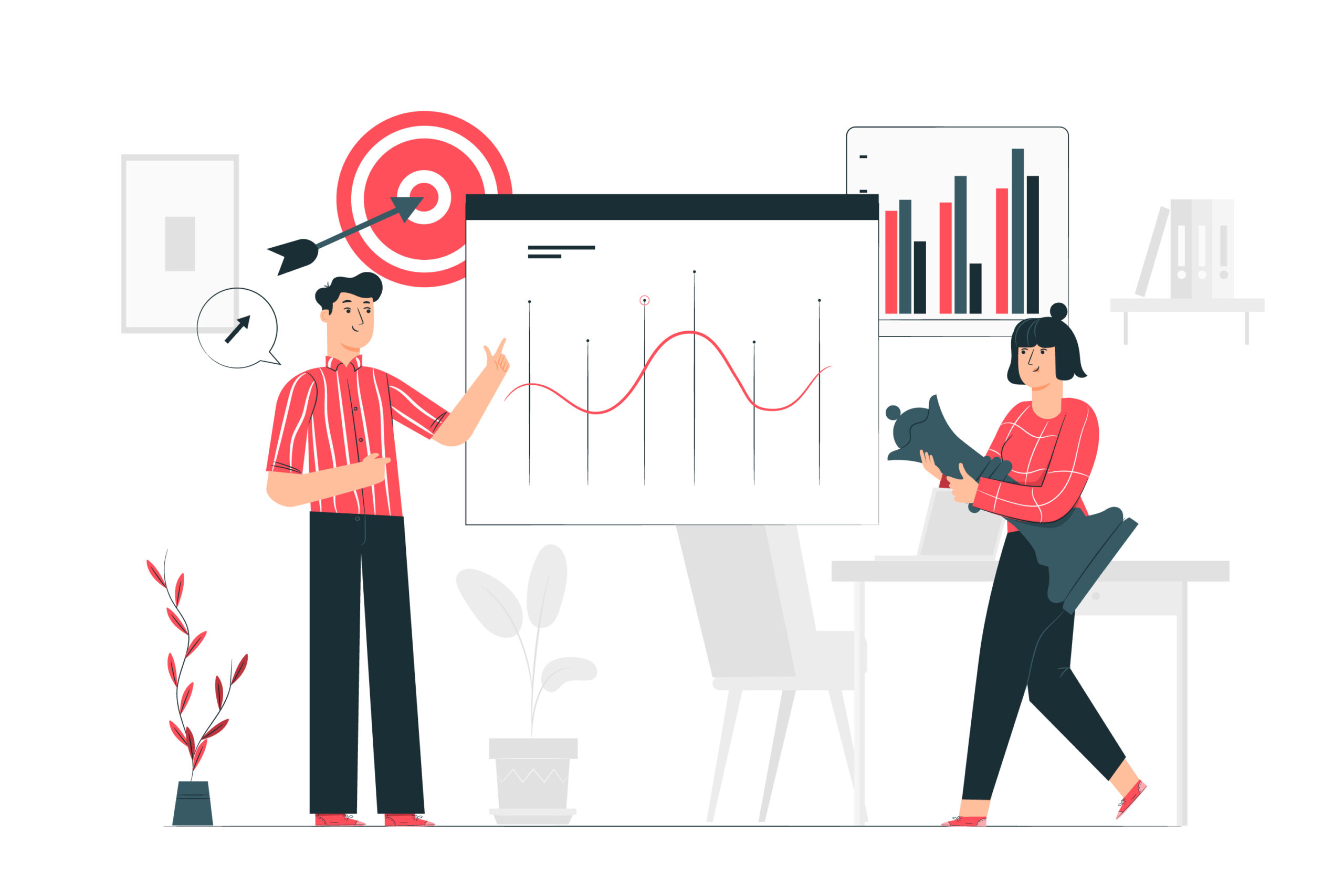Would you buy something purely based on a written description, even if it was well-written and contained all the pertinent details from dimensions to performance? Chances are you wouldn’t – and neither would your customers.
That’s why visual content is so crucial in eCommerce. After all, if you visited a bricks and mortar store, you could see exactly what you planned on buying.
Marketing material will always contain essential text that can help you convey a message. Yet it’s the visual elements that grab people’s attention and pique their interest.
You may already use tools like a color palette generator to improve your brand identity. So why not incorporate visual marketing tools too?
Understanding how to incorporate visual content into your eCommerce marketing campaigns can boost the metrics that matter most to you, such as conversion rates and sales figures. This article will explore the ins and outs of visual marketing, from the benefits to your business to specific ways to incorporate visual elements. Leveraging powerful tools like Marketing Apps for Shopify or other e-commerce platforms can further enhance your strategy, providing a seamless integration for visual elements that captivate your audience and drive engagement.
What is Visual Marketing?

Image Sourced from venngage.com
Visual marketing uses a type of content that people can see when browsing your site, posts, and adverts online. It can include eye-catching images, videos, and other forms of multimedia on your website, social media channels, or other digital platforms.
The idea is for your target market – existing or potential customers – to better engage with the content. This way, you can build an emotional connection with customers, strengthen your brand identity, and attract new business.
A company’s visual marketing strategy is usually part of its broader marketing strategy. It can help you not only show the products you offer. It’s also highly beneficial for communicating ideas and concepts that may not be as easily understood in a written form.
Your marketing team should fully understand how to use visual marketing from the planning and concept stages through to final execution. Naturally, visual marketing requires high-quality visuals and graphic design assets. So your graphic designers and content creators should consider what design software can help them optimize content.
7 Ways to Incorporate Visual Content Into Your Marketing Strategy
1. Showcase Product Benefits with Infographics
People want to be informed. But they don’t always want to read endless text.
Interactive infographics are an excellent way of imparting important details that the customer may want to know. They can also be instrumental in persuading people to click a link for further information or take them to a landing page.
Infographics are a great example of visual content that highlights the benefits of your product. For instance, you could create an infographic about virtual call center technology that showcases how many more calls agents can handle with such a system.
You can share infographics across your social media channels or even include them in an email marketing campaign.
2. Tell a Story
Visual marketing isn’t always about standalone images or videos. Creating a series is an excellent way to tell a story that’s more engaging.
Visual content platforms like Instagram, Tik Tok, and Pinterest give you an opportunity to expand an idea from a single post into a series that communicates different ideas to your customer base.
Your story could incorporate the different steps in a customer’s journey with your brand. This could include discovering your company (awareness), then move through to becoming a regular customer (loyalty).
You can also look at telling stories about your brand. Visual elements offer a creative way of sharing your mission and values with customers, and giving them glimpses into your company culture.
3. Leverage User-Generated Content (UGC)
The wonderful thing about UGC is that it comes at very little cost to you. But potential customers are much more likely to identify with it as it’s created by their peers.
 Screenshot Sourced from Instagram.com
Screenshot Sourced from Instagram.com
UGC can be especially useful on social media. When you promote a recognizable hashtag, customers can use it in their own posts, which can significantly widen your reach
For example, a company offering virtual phone number services could incorporate UGC content to make its messaging more exciting and engaging. The company may encourage followers to share content of them setting up or using their number. This gives you access to a pool of people who are successfully using that technology and showcasing its benefits.
UGC can quickly spread brand recognition across a range of platforms and may lead to increases in sales.
4. Create Unboxing Videos
Unboxing videos can include UGC, but can also be utilized by influencers or your team. You might use unboxing videos as a way of showing customers the latest additions to your product lines. As well as just unboxing the product, you could expand the video into a series to include the product’s benefits or uses.
As with other types of visual marketing, unboxing videos are easy to share across social platforms. You may even want to consider setting up a dedicated YouTube channel where all your videos are stored. This can help widen brand awareness, give you a video library for future marketing efforts, and provide customers with a single source for watching your content.
5. Go 3D!
With modern technology, it’s now relatively easy to turn your images or videos into 3D graphics. This is a brilliant way of letting people see your products in far more detail than traditional 2D images. It could be the catalyst that influences a purchasing decision!
As with most types of visual marketing, you have multiple choices as to where to utilize it, from social channels to email marketing or specific product pages. 3D content shows off your product and gives potential buyers a more detailed glimpse of what you’re offering.
6. Live Stream to a Wider Audience
 Image Sourced from statista.com
Image Sourced from statista.com
From DJ sets to book launches, live streams can be a great way of connecting with a wider audience online. In eCommerce, you can use livestream to launch a new product and engage with customers outside your limited geographical reach.
You can even expand your use of livestreams to include shoppable options. Create a sense of urgency by offering limited offers that are only available for the duration of the livestream. This form of visual marketing can significantly boost conversion rates in the short term. Even without those instant options, you can include clickable links in your livestream, leading to relevant landing pages.
7. Incorporate Humor
Marketing doesn’t always have to be serious. And visual marketing is an excellent way of including humor in your campaigns.
Memes and GIFs are a popular trend that engages people by making them smile or laugh. By adding popular memes or a funny GIF in a social post or blog, you increase your chances of standing out and being more memorable.
 Screenshot sourced from Instagram.com
Screenshot sourced from Instagram.com
Plus, people are more likely to share something they find funny, thus widening the reach of your post and campaign further. Remember to keep it on-brand and relevant to the products or services you are promoting.
The Takeaway
We’re in a digital era where customers’ attention spans may be shorter due to the demands placed on them. Incorporating visual marketing into your campaigns and other marketing efforts can help you better engage with your potential customers and can also assist in increasing brand awareness and communicating ideas to your customer base.
Once your marketing teams learn how to use visual marketing well, you could see a drastic increase in the metrics that matter most, from engagement levels to sales figures. Look at what works and what doesn’t and take your marketing to the next level.


